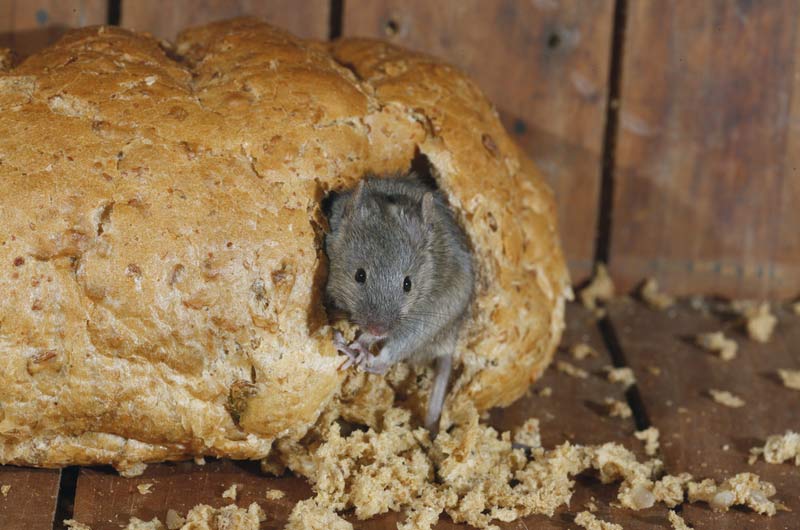Mice Exterminators: Manhattan, Brooklyn, and Queens

Full Force Mice Exterminators provides quality rodent pest control and exterminating services to residential and commercial businesses throughout Manhattan, Brooklyn, and Queens.
MICE
Contact the experts at Full Force Mice Exterminators today to discuss your pest control needs.
A mouse in the house or any commercial structure is worrisome and costly. Mice contaminate foods, transmitting diseases like salmonellosis. They cause structural damage as they are able to gnaw through wood. Regular traps and prevention methods will have limited effect once a place is infested. Businesses cannot afford to tarnish their reputation with unwanted guests. A single pest can have a negative financial effect on your business. A larger infestation could devastate your brand name. And since a small infestation can quickly graduate to a large one, prevention is the key. Call Full Force Mice Exterminators for professional mouse control.
House Mice
Mus Musculus
House mice have small black eyes, large ears, and a light brown to gray color. They grow up to seven inches – including a three to four inch tail. Mice activity is discovered by finding their droppings, gnaw marks, and tracks. They create nests made of thin paper shreds and fibrous materials in protected areas and have a strong, musky odor. House mice are active at night, but can scuttle around in the daytime. They enter homes in autumn when the weather cools down.
House mice have keen senses and love nibbling on a variety of foods. They particularly like cereal grains. They’re fast runners, can climb up rough vertical surfaces and and jump nearly a foot. They’ll squeeze through openings less than an inch. The females reproduce anywhere between five to ten litters, with five or six babies in each. Within 10 weeks they’ve matured enough for reproduction. House mice live up to one year.
Deer Mice
Peromyscus Maniculatus
Deer mice are spread out abundantly across North America. Their name stems from being agile jumpers and runners. Deer mice live in forests and grasslands and amongst agricultural crops. They’ll reside in urban areas if forests, fields, or other similar habitats surround them.
Deer mice have white bellies, legs, and feet and brown backs. Their tails are bi-colored white and dark and their eyes, ears, and bodies are typically larger than house mice.
Deer mice are nocturnal. They nest above ground in trees, and below in stumps, roots, and underneath rocks and logs. They’re made from twigs, leaves, stems and grass roots. They’ll use feathers, cloth, fur and other fibrous materials to line them. While living in buildings, they use abandoned bird and squirrel nests. In harsh wintry weather they’ll stay dormant and nest in family groups. Their breeding habits vary amongst the population. When food’s abundant, they’ll reproduce longer over winter. The females are reproductively mature by six weeks old. Their litter sizes range from three to six. They don’t survive over two years in the wild.
Grains and seeds are a huge staple in deer mice diets. They also eat fruits, fungi, invertebrates, and some green vegetation. In autumn they find the most seeds and nuts and they’ll store ood near the nest.
Deer Mice cause damages to mattresses, upholstered furniture, paper, clothing, and other materials they can use for building nests. They leave droppings and signs similar to House mice. Deer mice have slowed the regrowth and re-establishment of forests because they hunt and store seeds. They ruin farms by feeding on seeds in row crops and digging up melon seeds. They’ll also damage avocados, almonds, citrus, pomegranates and sugar beets.
Deer mice are carriers of diseases such as the hantavirus, which develops from inhaling the virus through mouse urine and feces. The hantavirus causes headaches, chills, dizziness, abdominal pain, nausea, diarrhea and vomiting. Within 10 days after shortness of breath and coughing, the lungs fill with fluid. The hantavirus has a 38% mortality rate. Only trained professionals with OSHA-approved respirators should be consulted for Deer mice waste removal.
